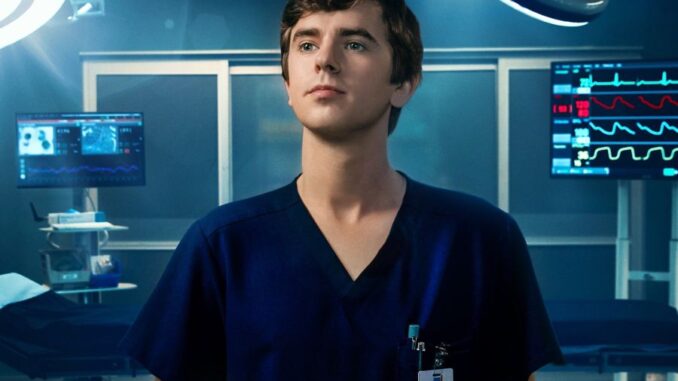
In the crowded landscape of television medical dramas, The Good Doctor has carved out a distinctive niche. While its emotional heart lies in the journey of Dr. Shaun Murphy, the series consistently captivates audiences with its intense surgical scenes and nail-biting medical emergencies. These moments, often balanced between scientific precision and human drama, are among the most talked-about aspects of the show.
From the very beginning, the series set itself apart by treating the operating room as more than just a backdrop. Every incision, every instrument, and every life-or-death decision carries dramatic weight. The writers and producers, working closely with medical consultants, ensure that the surgical cases feel grounded in reality. Whether it is a risky heart transplant, a groundbreaking experimental procedure, or an unforeseen complication mid-surgery, the authenticity keeps viewers engaged while heightening the tension.
What makes these scenes particularly gripping is not just the medical detail but the way they reveal character under pressure. Surgeons must often make split-second choices where lives hang in the balance, and those decisions illuminate their strengths, weaknesses, and moral compasses. For Shaun Murphy, whose extraordinary diagnostic skills often provide unconventional solutions, the operating room becomes a stage where his brilliance—and his social challenges—intersect.
The show also leverages the unpredictability of emergency medicine. Episodes frequently open with catastrophic accidents or sudden traumas that throw the hospital into chaos. Viewers are drawn in by the adrenaline of watching doctors race against time, but they stay because of the emotional stakes. Each patient is not just a body on the table but a story, a family, and a future that depends on the outcome.
What distinguishes The Good Doctor from other medical series is its ability to blend the technical with the human. The procedures themselves are intricate and sometimes groundbreaking, but the show never loses sight of the people behind the cases. Often, the drama extends beyond the surgery: ethical dilemmas about organ donation, clashes over experimental treatments, or the haunting question of when to stop trying. These moments resonate because they reflect real-world challenges faced by medical professionals daily.
Visually, the series amplifies the tension with dynamic camera work and meticulously staged surgical sequences. The operating room becomes almost cinematic, a confined arena where time slows, stakes rise, and emotions run high. The audience feels the urgency as monitors beep, surgeons shout instructions, and the smallest mistake could prove fatal.
Yet, despite the gravity, the show avoids becoming overly grim. By balancing moments of triumph—when an impossible operation succeeds or when a team’s quick thinking saves a life—the series delivers the catharsis that keeps audiences coming back. The blend of realism, drama, and emotional payoff ensures that each surgery leaves a lasting impression. For fans, these medical storylines are more than just background action; they are the pulse of the series. They remind us that medicine is as much about courage and humanity as it is about science. And in The Good Doctor, every scalpel cut tells a story worth watching.
